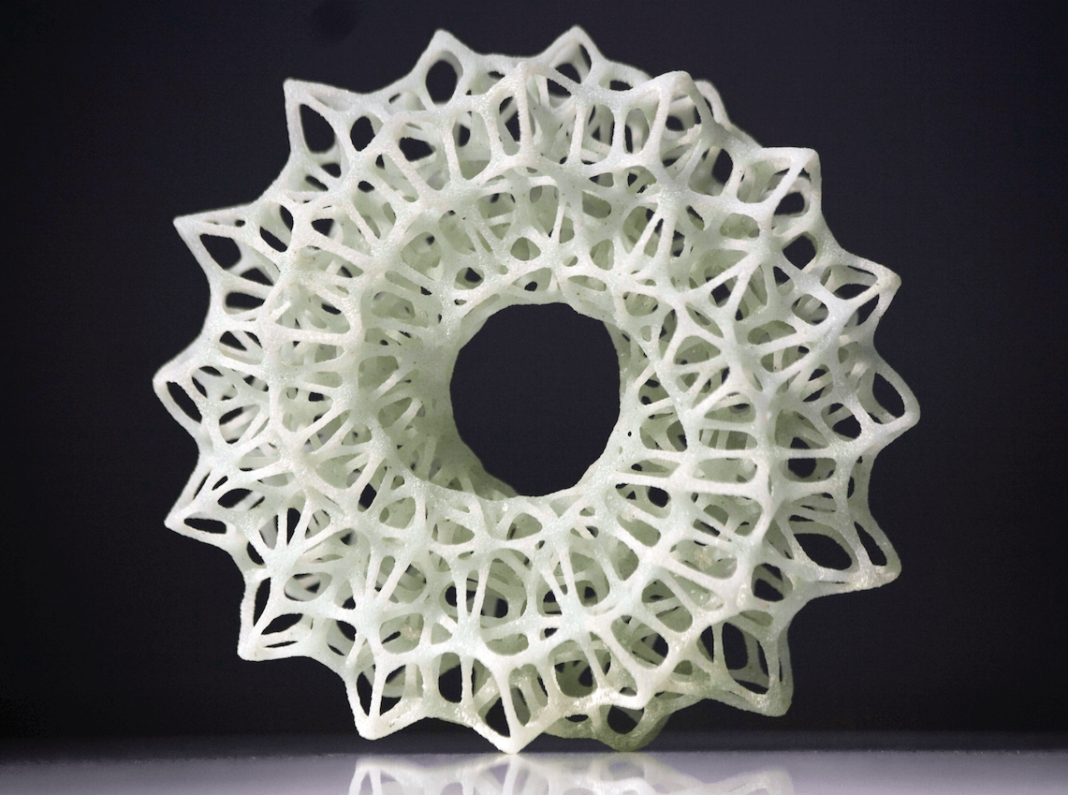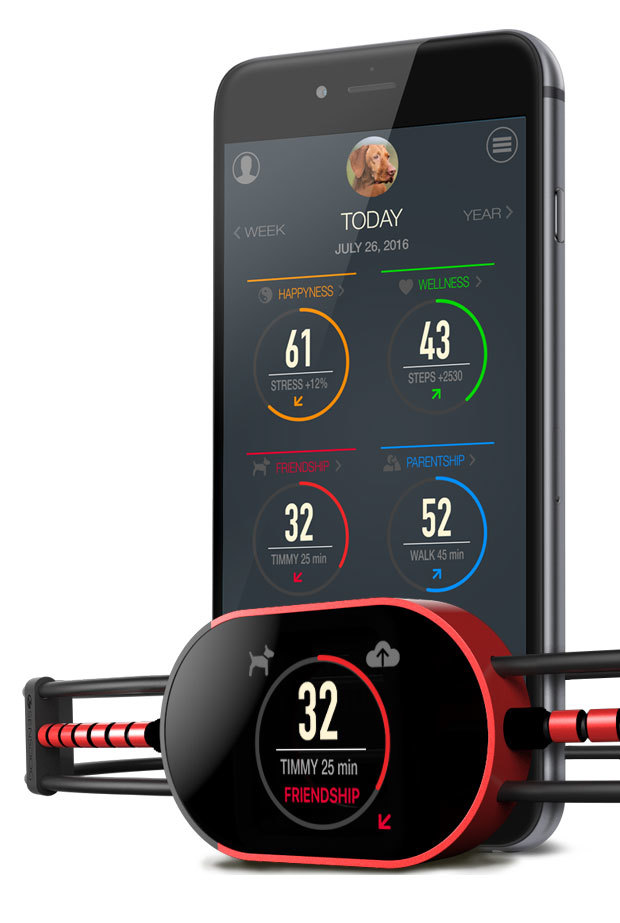3D printing is here to stay. It’s all around us in manufacturing, and there are a few companies that seem to know what they’re doing when it comes to 3D printing software and have a good hold on the market. The following will take you through a quick guide of some of the top names to look out for (i.e. the big players) and what makes them so hot.
Autodesk: This company is mainly known for its 3D modeling software, but when it acquired Netfabb in 2015 that gave Autodesk the power to tackle the 3D printing industry too. Netfabb is a great 3D printing software that offers both a free version that can repair damaged files or holes in models and a pro version that allows the optimization of 3D printed structures too. There’s also free software called Meshmixer that’s available from Autodesk that’s been designed to work best with low-end 3D printers.
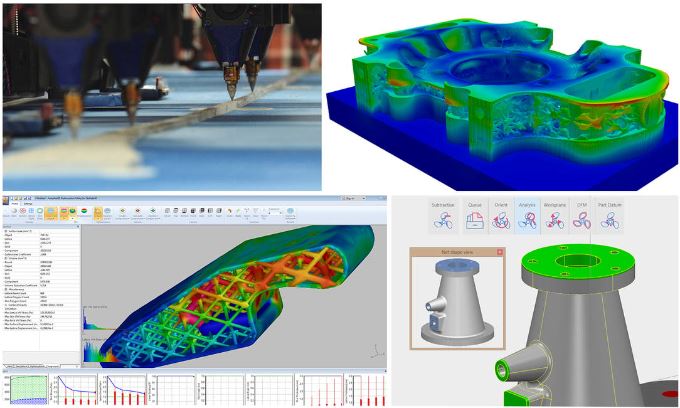
Materialise: This is a Belgian company that works in close cooperation with HP, as well as many others in the 3D printing world. With over 25 years experience in developing 3D printing software and providing these services, the team at Materialise certainly know what they’re doing. They make their own Build Processor available to a range of manufacturers and have also developed software that effectively manages 3D printer networks and prepares medical data for printing among a whole heap of other functions.

3DSIM: Private startup, 3DSIM is working on algorithmic software that has the ability to perform physics simulations during the printing process. This allows operators to effectively predict problems such as how the laser will affect printing depending on what material is used.
Cloud-based Software: 3DPrinterOS is a startup that focuses on managing 3D printer networks from the cloud while also utilizing 3D printing apps and is probably the leader in this area. Another company that is also popular is Authentise, who again offer 3D printer management, but unlike 3DPrinterOS, they charge a hefty fee for their services.
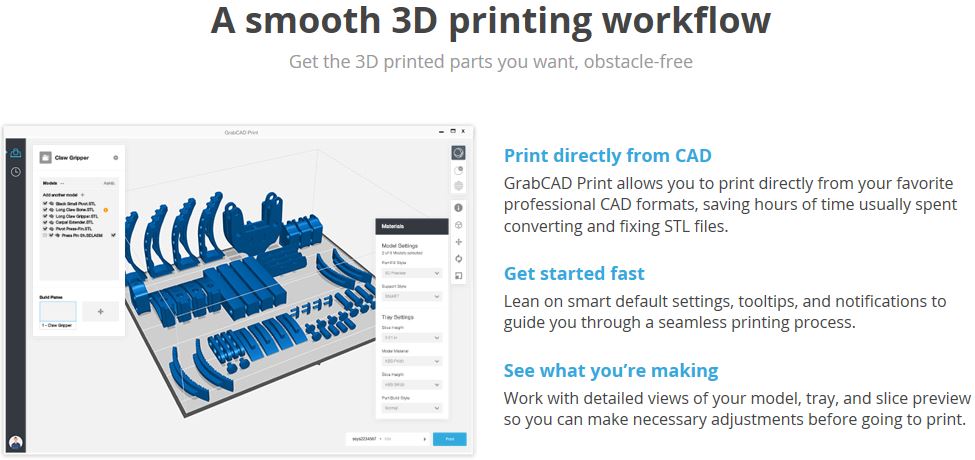
Desktop Print Management Software: One of the leading companies in this area is Ultimaker with their open source program, Cura. It’s for use in desktop 3D printing and is used by many. Another that is very similar is Simplify3D that allows great control over printing and the ability to anticipate problems before the process begins, but is a paid alternative.
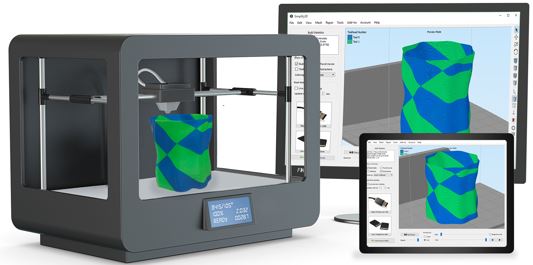
More News To Read

